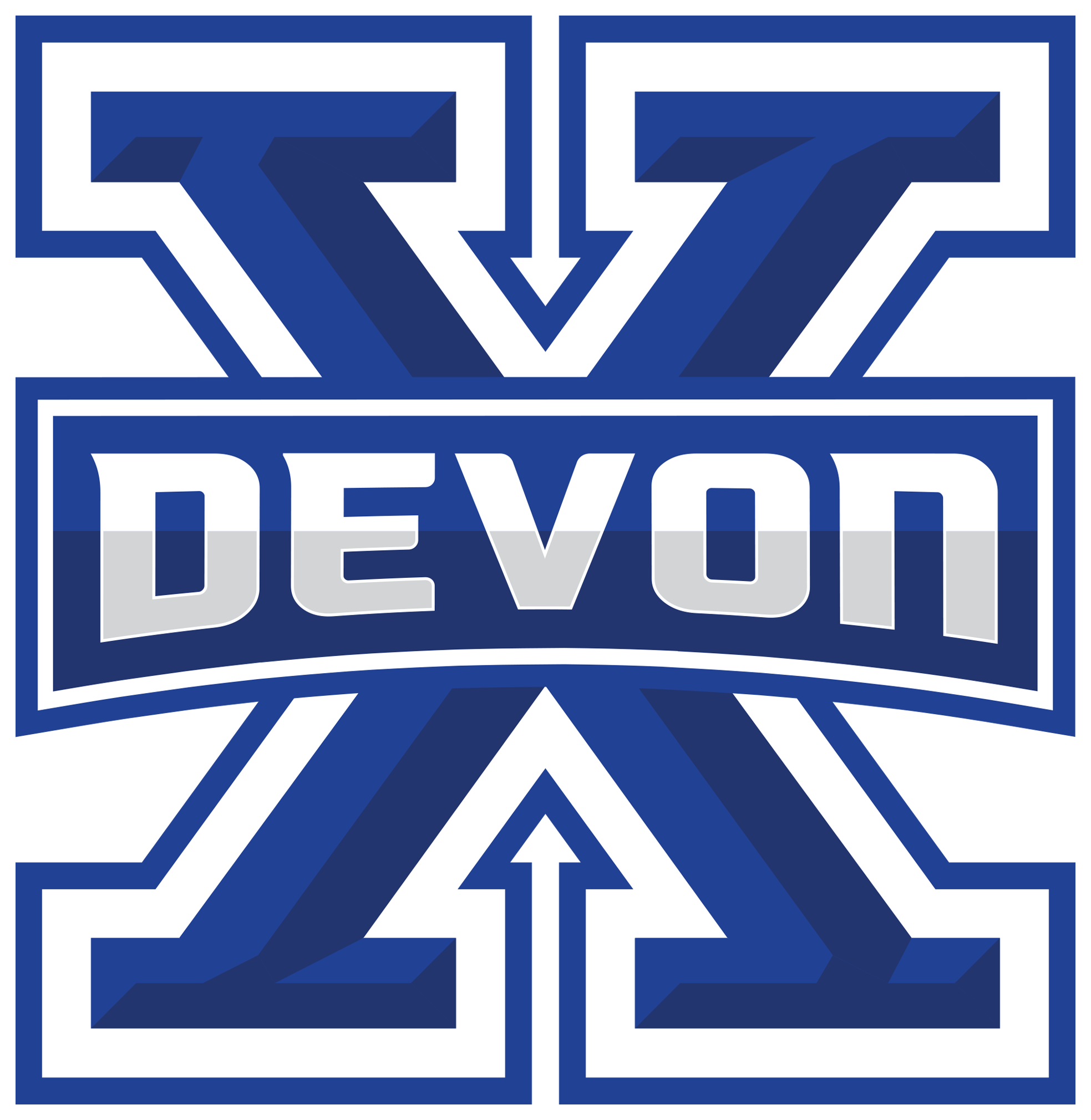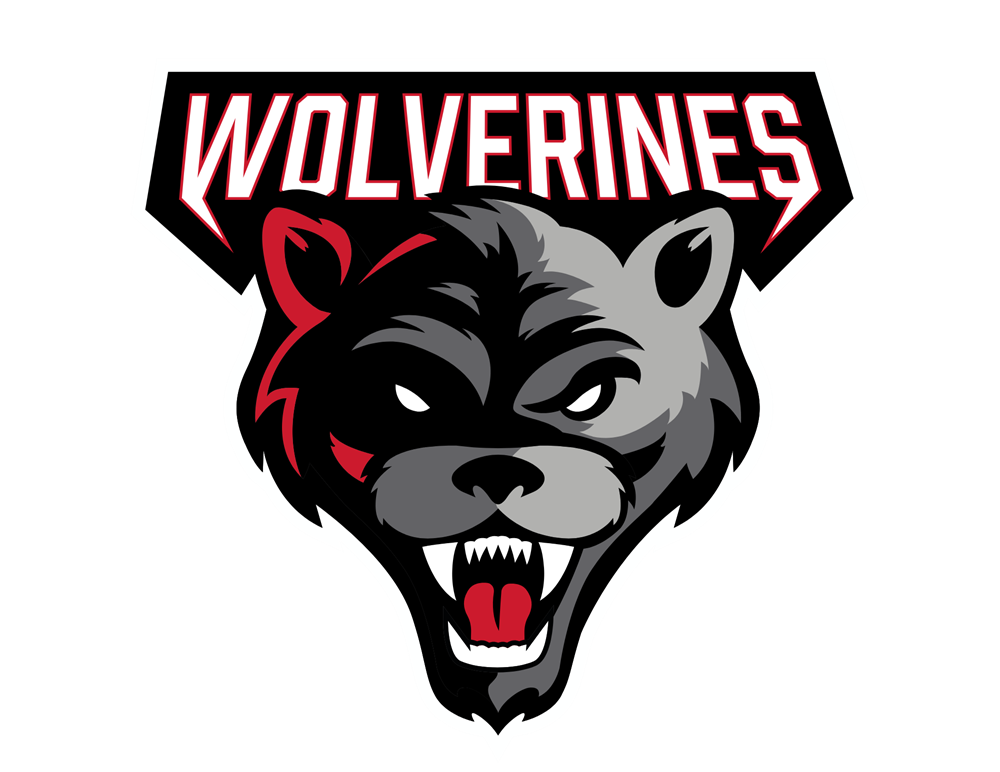The Alberta Junior Hockey League continues to be the premier developmental League in Canada for student-athletes striving to capitalize on their athletic and academic abilities. Each season, over 300 AJHL Alumni compete on College and University teams across North America and fill the rosters of NHL teams.
The League was born out of necessity, in 1963 the Edmonton Oil Kings completely dominated junior hockey in Alberta and Western Canada. The only problem was that few of the Oil Kings were Edmontonians. But, Jim McAdie, now a member of the Edmonton Sports Hall of Fame and a leading force in the organization of the Alberta Junior Hockey League, said “there were 1,000 kids wanting to play junior hockey in Alberta”.
 So, a few enterprising individuals met and formed the Alberta Junior Hockey League (AJHL), a five-team league playing a limited schedule, mainly on weekends. Other leading lights in the formative year were Ken Kuchinski of Edmonton, Stu Peppard of Calgary, Syd Hall and Carl Tentini of Lethbridge.
So, a few enterprising individuals met and formed the Alberta Junior Hockey League (AJHL), a five-team league playing a limited schedule, mainly on weekends. Other leading lights in the formative year were Ken Kuchinski of Edmonton, Stu Peppard of Calgary, Syd Hall and Carl Tentini of Lethbridge.
The League comprised the Edmonton Safeway Canadians, the Edmonton Maple Leafs, the Lethbridge Sugar Kings, Calgary Cowboys and the Calgary Buffaloes.
None of the charter members are still in existence unless one wants to include the Maple Leafs who, through a series of ownership changes and franchise shifts, has finally settled in Spruce Grove.
From that humble beginning, the AJHL has grown into one of the most highly respected Junior ‘A’ Leagues in Canada, having seven national champions to its credit.
But, it was not done without a great deal of difficulty, shifting franchises, new franchises, new commissioners, etc. It was done through the conviction of everyone involved that it was the thing to do.
The League took its first step towards a truly provincial alignment in 1966-67 when it admitted the Ponoka Stampeders, who lasted until 1970-71. One of the graduates of those early Ponoka years was Stan Weir; a former league scoring champion who played in National Hockey League.
Max Bentley, hockey’s famous “dipsy-doodle-dandy ” from Delisle, Sask., was a former Ponoka coach. He played on the Pony Line, one of the early day National Hockey League’s greatest lines with Doug Bentley and Bill Mosienko.
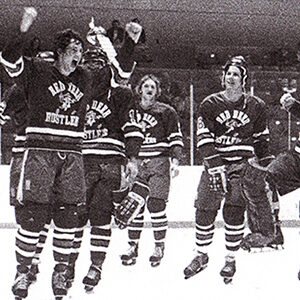 Next, in 1967-68, came the Red Deer Rustlers, national champions in 1970-71, the Sutter saga and in 1979-80 they were national champions again. They were followed, in 1970-71, by the Mount Royal College Cougars of Calgary, who played in the League for two years before reverting to an all-college league (Alberta Colleges Athletic Conference). Former NHL great Bert Olmstead was the Cougars’ first coach.
Next, in 1967-68, came the Red Deer Rustlers, national champions in 1970-71, the Sutter saga and in 1979-80 they were national champions again. They were followed, in 1970-71, by the Mount Royal College Cougars of Calgary, who played in the League for two years before reverting to an all-college league (Alberta Colleges Athletic Conference). Former NHL great Bert Olmstead was the Cougars’ first coach.
Also that year, Lloydminster was granted a franchise but it never got off the ground, a fate that was repeated again in 1972, and 1979.
In 1971-72, the Calgary Canucks and the Drumheller Falcons entered. However, in the same year, two of the charter members, the Movers and the Maple Leafs, ceased operations. Drumheller played continuously until 1975-76 when the original Falcons folded, only to be revived in 1979-80. Drumheller’ s franchise folded again after going 0-26 to start the 1982-83 season.
The Lethbridge Sugar Kings fell by the wayside in 1972-73 because of the introduction to that city of major junior hockey. But, a new group stepped forward, renamed the team the Longhorns, and kept the AJHL functioning in Lethbridge until they, too, succumbed to the major juniors in 1974-75.
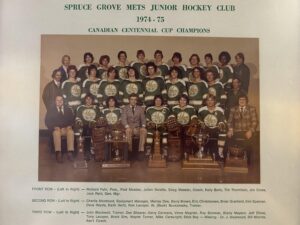 The Edmonton Movers and the Edmonton Maple Leafs combined to become the Edmonton Mets in 1972-73, who in turn became the Spruce Grove Mets in 1974-75. The Spruce Grove Mets gave the League its second national championship in 1974-75 before becoming the St. Albert Saints in 1977-78.
The Edmonton Movers and the Edmonton Maple Leafs combined to become the Edmonton Mets in 1972-73, who in turn became the Spruce Grove Mets in 1974-75. The Spruce Grove Mets gave the League its second national championship in 1974-75 before becoming the St. Albert Saints in 1977-78.
The Taber Golden Suns entered the league in 1974-75 with Gary Hull; brother of hockey’s famed Golden Jet, Bobby Hull, as their first coach. Taber transferred the franchise to Olds and became the Grizzlys in 1981-82.
Then came the Fort Saskatchewan Traders and the Edmonton Crusaders in 1976-77. The Crusaders became the Sherwood Park Crusaders in 1978.
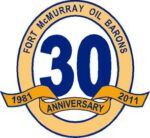 The Fort McMurray Oil Barons and Hobbema Hawks entered the League in 1981-82. The Lloydminster Blazers were addedin 1988-89, after Lloydminster had operated as the Lancers in the Saskatchewan Junior Hockey League.
The Fort McMurray Oil Barons and Hobbema Hawks entered the League in 1981-82. The Lloydminster Blazers were addedin 1988-89, after Lloydminster had operated as the Lancers in the Saskatchewan Junior Hockey League.
The Red Deer Rustlers were granted a leave of absence in 1989-90 and ceased operations in 1991-92. Hobbema took a leave of absence in 1990-91 and ceased operations in 1993.
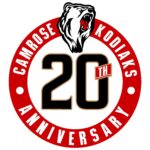 The Bonnyville Pontiacs joined in 1991-92; the Bow Valley Eagles, Grande Prairie Storm and Camrose Kodiaks entered in 1995-96, 1996-97, and 1997-98, respectively. Grande Prairie was admitted after playing many years in the Rocky Mountain Junior Hockey League in B.C.
The Bonnyville Pontiacs joined in 1991-92; the Bow Valley Eagles, Grande Prairie Storm and Camrose Kodiaks entered in 1995-96, 1996-97, and 1997-98, respectively. Grande Prairie was admitted after playing many years in the Rocky Mountain Junior Hockey League in B.C.
In 1998-99 the Crowsnest Pass gets a franchise back after a twenty-year absence and names the team the Timberwolves. Drayton Valley is also awarded a franchise and goes by the name of the Thunder.
The Alberta Junior Hockey League awarded Brooks the opportunity to purchase a franchise in the League in September of 1998. In November 1999 the Brooks Bandits officially purchased the franchise for Brooks from Alberta Junior Hockey League. The Brooks Bandits opened the 2000-2001 season as the 15th team in the AJHL.
After six season in the AJHL, the Bow Valley Eagles changed the name of the hockey club to the Canmore Eagles for the 2001-2002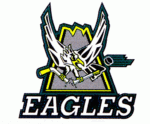 season. All regular season home games were then played out of Canmore, Alberta and no longer rotated through surrounding communities.
season. All regular season home games were then played out of Canmore, Alberta and no longer rotated through surrounding communities.
In January 2002, the AJHL awarded an expansion franchise to Drumheller, who would join as the 16th team in the AJHL. The Drumheller Dragons held their inaugural season in 2003-2004.
The Timberwolves franchise was taken over by the Okotoks Oilers at the end of the 2003-2004 season. The Oilers received a one-year leave of absence from the League to relocate the Crowsnest Pass Timberwolves franchise.
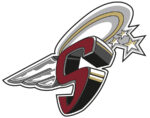 The St. Albert Saints moved to Spruce Grove in 2004, and began the 2004-2005 season as the Spruce Grove Saints. The Alberta Junior Hockey League welcomed a 16th member team, the Okotoks Oilers, joining the AJHL for their inaugural season in 2005-2006 after taking a one year absence to relocate the franchise from the Crowsnest Pass.
The St. Albert Saints moved to Spruce Grove in 2004, and began the 2004-2005 season as the Spruce Grove Saints. The Alberta Junior Hockey League welcomed a 16th member team, the Okotoks Oilers, joining the AJHL for their inaugural season in 2005-2006 after taking a one year absence to relocate the franchise from the Crowsnest Pass.
The Lloydminster Blazers received the Board of Governors’ approval to change their name to the Lloydminster Bobcats and also the team colors to Black, Orange and White for the 2005-2006 AJHL Season.
The Fort Saskatchewan Traders were relocated to St. Albert, Alberta for the 2007-2008 AJHL Season. The Traders had been in Fort Saskatchewan since the 1976-1977 Season.
 After twenty years as the Calgary Royals, the organization introduced a new team name and logo in June 2010 – the Calgary Mustangs.
After twenty years as the Calgary Royals, the organization introduced a new team name and logo in June 2010 – the Calgary Mustangs.
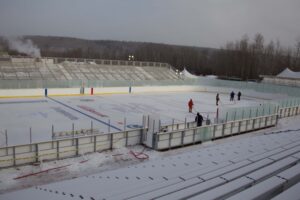 In November 2010, Fort McMurray held Canada’s first outdoor junior hockey game. The AJHL Northern Classic was a tremendous success, with a record crowd of 5,726 fans on hand to watch the Fort McMurray Oil Barons and Drayton Valley Thunder skate to a 4-2 win for the home team.
In November 2010, Fort McMurray held Canada’s first outdoor junior hockey game. The AJHL Northern Classic was a tremendous success, with a record crowd of 5,726 fans on hand to watch the Fort McMurray Oil Barons and Drayton Valley Thunder skate to a 4-2 win for the home team.
In April 2012, the AJHL Board of Governors approved relocation of the St Albert Steel to the town of Whitecourt. The Whitecourt Wolverines joined the AJHL North Division for the 2012-2013 season.
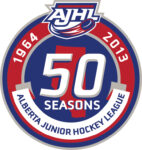 The Alberta Junior Hockey League had the prestigious opportunity to celebrate its 50th Anniversary in 2013-14. The celebrations included community events, national media recognition, a commemorative logo and the announcement of The Top 50 AJHL Players of All-Time.
The Alberta Junior Hockey League had the prestigious opportunity to celebrate its 50th Anniversary in 2013-14. The celebrations included community events, national media recognition, a commemorative logo and the announcement of The Top 50 AJHL Players of All-Time.
Cale Makar made history as the highest drafted AJHL Player when the Colorado Avalanche selected him 4th overall in 2017. 97 players have been selected in the NHL Entry Draft directly from the Alberta Junior Hockey League and 25 AJHL Alumni have went on to win the Stanley Cup. 
In May 2019, the AJHL granted a leave of absence to the Calgary Mustangs organization, which would send the League into the 2019-20 season with 15 teams. The Calgary Mustangs were relocated to Blackfalds as the Bulldogs for the start of the 2021-22 season.












